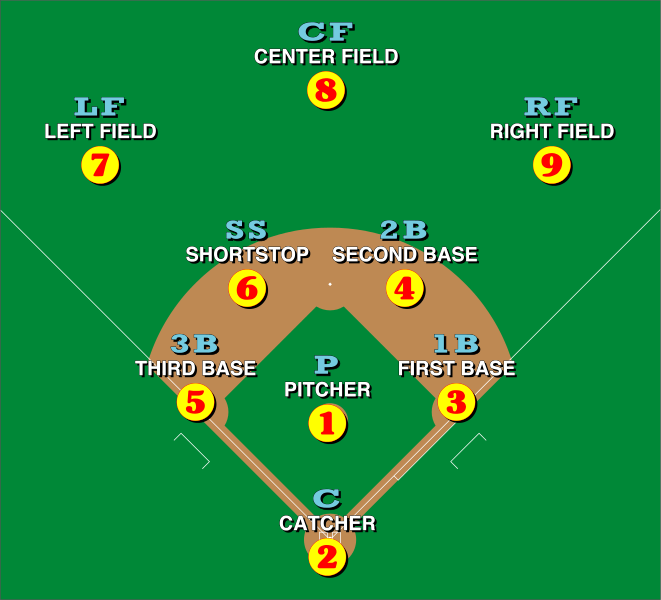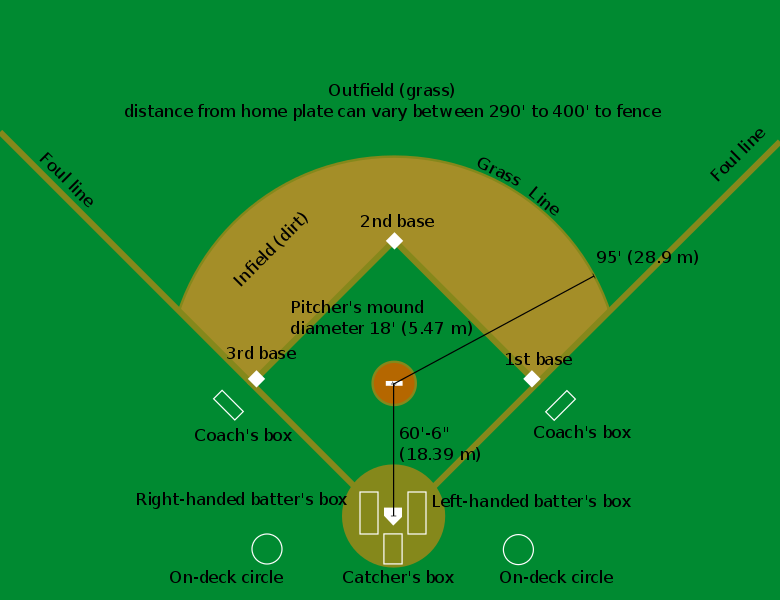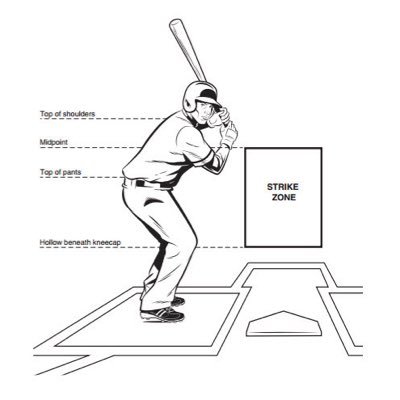Part 1: Talkin' Baseball
Update 0 - Talkin' Baseball♪ BGM: Talkin' Baseball ♫
So, hey there, and welcome to this LP. This will be an LP about a game that is very much focused on baseball. As a result, I feel like it might be appropriate to at least go over the basics of the game, just for the simple reason that I can't imagine the cross-section of the LP audience and sports people is that large. So, if you know the basics of baseball, you can just move on to the first proper update. But for those of you that don't really know what baseball is, read on.

To start off, here's a view of a baseball stadium, or rather, a baseball park.
Now, baseball is a game where two teams play against each other. The game is divided into innings, which are basically just sections of the entire game. The innings are each split in two as well, into the "top of the inning" and the "bottom of the inning". The teams take turns playing offense and defense in the innings - the home team plays defense in the top of the inning and offense at the bottom of the inning, the away team vice versa.

Here's how the team playing defense lines up on the field. You get three players manning the outfield on the left, center and right (hence the position names) and six players around the infield. The first and third basemen cover the corners of the infield, and the shortstop and second baseman cover the middle of the infield. But that doesn't mean anything if we don't know what actually happens during the game.

Though before we do that, here's another overview of the playfield. Take note of first, second and third base spread around the field, and the last base between the batter's boxes, which is home plate. We'll need those bases later.

So here's basically how the game works. The team playing offense doesn't have any fielders out there, instead, they start their part of the inning with only a batter standing in the batter's box close to the catcher. The pitcher of the defensive team stands on the mound in the middle and throws balls towards the catcher, who sits past the batter.

However, the pitcher can't just throw the ball anywhere. In order to make things fair, the pitcher should throw into a "strike zone", which goes from the midpoint of the top the batter's shoulders and the top of the batter's pants to a point just below the batter's kneecap.
Now, the main part of the game is the pitcher throwing towards the catcher. The batter holds a bat and attempts to hit the ball. The pitcher, meanwhile, attempts to prevent the batter from hitting the ball. There's multiple things that can happen here:
If the batter doesn't swing:
- If the ball passes over home plate while in the strike zone and the catcher catches it, the batter is hit with a strike.
- If the ball passes over home plate while outside of the strike zone and the catcher catches it, the batter is awarded a ball.
- If the batter is hit with the ball, the batter is allowed to go to first base.
The number of strikes and balls the batter has is called the count. So, for instance, if the batter has two balls and one strike, the count is said to be "two and one". Of course, you don't just keep getting strikes and balls forever.
- If the batter gets three strikes, he is considered out (and is considered to have struck out) and leaves the batter's box. The next batter in the team's order then takes his place and tries his luck. If the batter however was the third out of the inning, the part of the inning is over, and we either go from the top to the bottom, or from the bottom to the top of the next inning.
- If the batter gets four balls, he is given a walk and is allowed to go to first base. If a player is already on first, he advances to second. If there is also already someone on second, that someone moves to third. And if somebody is also already on third, he gets to go to home plate.
If the batter swings:
- If the batter does not hit the ball, it is a strike. See above for strikes and striking out.
- If the batter does hit the ball and one of the defensive players catches it without the ball hitting the ground, the batter is out.
- If the batter does hit the ball and it hits the ground past the foul line (refer to the above image of the playfield - the foul area is separated from the infield and outfield by the foul line), it is considered a foul ball. A foul ball gives the batter a strike, but he cannot strike out on a foul ball. So if the batter has two strikes and he keeps hitting foul balls, he can stay batting technically forever.
- If the batter does hit the ball and it hits the ground in the infield or outfield, the ball is considered in play. We'll go over this later, because this is the important part.
- If the batter does hit the ball and it goes past the outfield into the audience, it is considered a home run and the batter can automatically advance all the way to home plate. All other runners on base get to advance to home plate as well.
Regardless of the swing:
- If the ball is not put into play and the catcher cannot catch the ball, it is considered a wild pitch and runners on base can attempt to advance.
Now, for the important part.
If the ball is put in play:
- The batter has to run for first base and touch it. If a defensive player gets the ball and touches first base before the batter does, the batter is out.
- If the batter makes it to first base before the ball gets there, he has two options. He can either stop there (which is called a single), or try to make it to second base if the hit was particularly good and the defense is still trying to get to the ball. This would be called a double. Making it all the way to third on your batting turn is a triple, and making it all the way back to home plate is an inside-the-park home run.
- If the batter stops, he is now a pure baserunner. He will attempt to continue to advance along the bases if the next batter puts the ball into play.
- If any runner is touched with the ball while not touching any base, he is out.
Finally, some additional things.
If a runner reaches home plate safely, he scores a run. The batter that put the ball into play is credited with a run batted in (RBI).
If a baserunner wishes to, he can start running to the next base while the pitcher throws the ball. If the batter does not put the ball into play, the catcher will attempt to throw the ball to the defensive player covering that base. If the runner makes it to the base first, he is considered to have stolen a base and can now stay on that base. If he gets touched with the ball beforehand, he is of course out.
The game ends under the following circumstances:
- If the home team leads in score by the end of the top of the ninth inning, the game is over and the home team wins (because it is already in the lead, it doesn't need to play on offense again).
- If the score is not tied by the end of the bottom of the ninth inning, the game is over and the team in the lead wins.
- If the score is tied by the end of the bottom of the ninth inning, the game continues and a tenth inning is played. The same criteria for winning then apply to the tenth inning, including the part about an extra inning being played if the score is tied at the end. This can lead to hell baseball, where the game is incapable of ending and just goes on forever.
I think this should sum up the game somewhat. If somebody wants to add something, please, feel free. Furthermore, if you maybe want to watch a game of baseball to see it in full motion, you can probably just search Youtube for "MLB full game" and find stuff, but if you want a recommendation, you could check out this game. It's the final game of the 1952 World Series, which is basically the big championship series at the end of the season to decide the champion of the league. I like this video because it's very focused on the game, and the game goes faster. Alternatively, if you want something more modern, here's something for you, a 2018 regular season game.
Also, as a final note, I will continue to explain more complex baseball concepts and historical facts and stories during the LP as they become relevant.